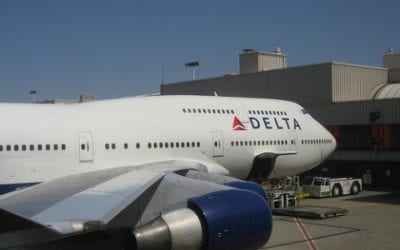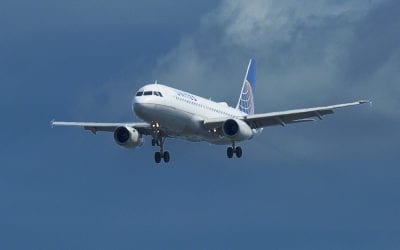American Airlines President Scott Kirby, speaking at a recent research conference, defended “nickel-and-diming” by the airlines.
Kirby said that charging extra for extra services is “the way many other businesses price, (yet) an airline charging ancillaries or extra for extra services gets characterized for nickel and diming … It’s inconsistent with how other industries get characterized.”
He added that the airline industry’s “regulatory history has not been very good. We’re not thought of as an industrial business (by) regulatory.” At the moment, he said, the best airlines can hope for from the government is that it “do no harm.”
Unfortunately, it is the airlines that are doing harm to themselves. The Department of Transportation (DOT), in a notice of proposed rulemaking (NPRM) released the day after Kirby’s comments, is throwing the airlines a lifeline.
The aviation industry is so ingrown and unaware of the effects of their personal and painful form of drip pricing that they see the DOT efforts as a threat rather than an opportunity.
A friend of mine asked me, “With low airfares and most planes running on time, why are we so upset with airlines?” Her answer to her own question was that passengers are being faced with a never-ending series of extra fees and nowhere can they see the final full air transportation cost. “We feel we aren’t getting the best deal because we can’t compare prices,” she finished.
Even a good deal can go bad when passengers feel like they have been treated badly. Families are under pressure to pay extra for reserved seats so that they can sit together. Stories of airlines charging $100 for a carry-on bag when the airfare is only $79 are circulated. Passengers who follow the rules find that they need to gate check hand bags when overhead bins fill are incensed. Seat reservations are mysteriously changed, ruining month-old planning. And, enormous change fees are always a shocker; especially when they apply to a family of four.
The airlines are doing all of the big things right — good on-time arrivals, fewer lost bags, text messages for flight changes. But, they are doing the little things that make customers feel special (or just like human beings, rather than cargo) poorly or not at all.
The result is an abysmal customer-service rating for airlines. Only one airline, JetBlue, ranks in the 100 top companies in the 2013 Temkin Customer Service Ratings. And, other customer-service rankings list airlines at the bottom of the heap.
So, DOT has stepped into the customer-service breach to help the airlines tell the truth and improve their customer satisfaction ratings. When customers know the prices they are paying up front, they are happier and satisfaction ratings are sure to go up.
Imagine being able to compare prices across airlines. On one screen consumers will be able to compare the full cost of travel on American Airlines, United Airlines, Delta, Spirit or Alaska. They will be able to see that sometimes the nickel-and-diming airlines like Spirit and Allegiant aren’t always the cheapest alternative. They will be able to see how their ticket prices will change based on what credit cards they use. Passengers will be able to plug in frequent flier information and see which airline really offers the best deal. And, a family of four will know whether they have to pay for one or two reserved seats to guarantee that they can sit together.
When consumers know what they are paying and understand the rules of buying, they can roll with the punches. It is when the airlines sucker-punch them with obscure fees and surprise costs that they become disgruntled.
The airlines should strongly support the most recent DOT NPRM that calls for more ancillary fee transparency. These proposed DOT rules will improve customer service rankings and ultimately make the skies friendlier for the free market and for the flying public.

Charlie Leocha is the President of Travelers United. He has been working in Washington, DC, for the past 14 years with Congress, the Department of Transportation, and industry stakeholders on travel issues. He was the first consumer representative to the Advisory Committee for Aviation Consumer Protections appointed by the Secretary of Transportation from 2012 through 2018.



